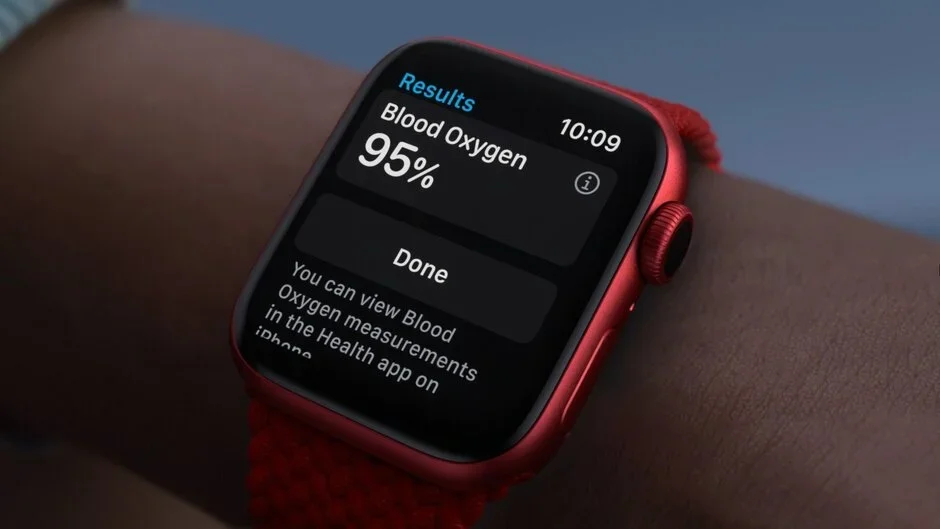Apple Watch users in the US are finally getting back a beloved health feature – blood oxygen monitoring – but with a new twist. 
After nearly a year-long absence due to a patent dispute, Apple has found a workaround that complies with legal rulings while keeping the function available.
The trouble began in late 2023, when Apple was forced to disable on-wrist blood oxygen tracking for new Apple Watch Series 9, Series 10, and Apple Watch Ultra 2 units sold in the US. This followed a US International Trade Commission decision siding with medical tech company Masimo Corp, which accused Apple of infringing on its patented designs. The US Customs order allowed Apple to keep selling the watches – but only with the feature switched off.
Rather than redesign the hardware, Apple left the sensor inside but blocked readings for affected US models. Now, with the release of iOS 18.6.1 and watchOS 11.6.1, the capability is coming back. The catch? Measurements will no longer be processed directly on the watch. Instead, your paired iPhone will handle the calculation, and results will appear in the Health app’s Respiratory section – not instantly on the watch face.
Apple confirmed this change complies with updated US Customs guidelines. It applies only to the above-mentioned models sold in the US during the restriction period. Watches bought before the feature was disabled, or purchased outside the US, are unaffected.
The update puts Apple closer to parity with competitors like Samsung, whose Galaxy Watch line continued offering on-device SpO₂ readings without interruption. While Apple’s new method may be slightly less convenient, it restores a vital wellness tool for tracking oxygen levels during workouts, high-altitude activities, or health monitoring.
It’s a clear example of Apple adapting to legal hurdles without fully removing core functionality – even if it means changing how and where the feature works.